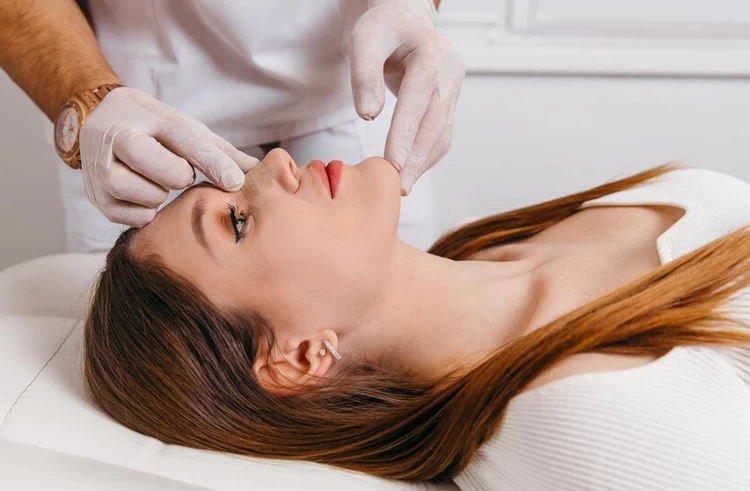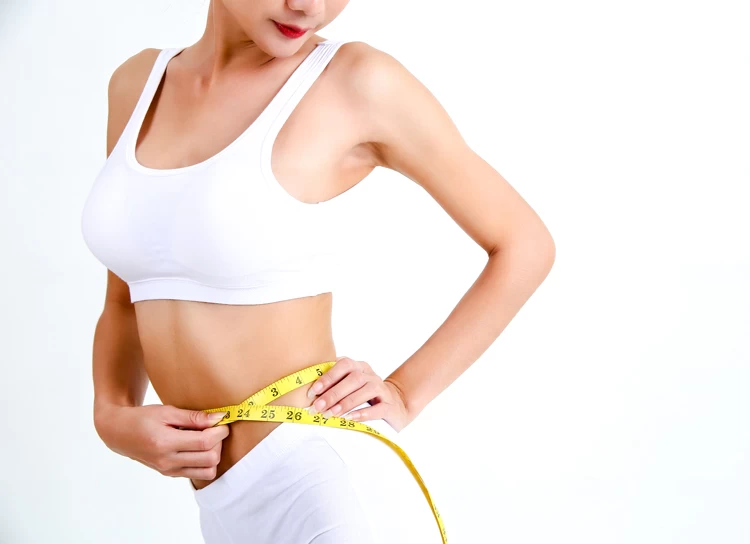After liposuction, have lean protein to reduce your swelling, fiber-containing food to prevent constipation, fresh fruit and vegetables from helping your skin get rid of scars, minerals to boost your immune system, and plenty of fluid to have more elastic skin.
blog
Iran is a better destination for having a nose job than nearby countries as it has a long history in plastic surgery, advanced hospitals, experienced surgeons, and cost-effective options for this operation. The price of rhinoplasty in Iran is almost $1.000 lower than in Turkey, while the quality and outcome of this surgery are the same in both countries.
Low sperm motility might occur due to genetics, damage to testicles, unhealthy habits, infection of the reproductive system, etc. This problem lowers the chance of natural conceiving as the sperm cannot reach the female reproductive tract and the egg. The treatment for low sperm motility depends on its cause, but improving lifestyle and treating underlying health issues can improve sperm quality or quantity.
The fallopian tubes may be blocked due to endometriosis, STI, ruptured appendixes, pelvic inflammatory diseases, etc. Sometimes, a blocked fallopian tube has no sign, but in most cases, it is accompanied by pain, abnormal discharges, infertility, pelvic pain, and prolonged spotting or bleeding.
Revision rhinoplasty improves the shape and structure of a previously-operated nose. This operation is done under general anesthesia, and its procedure is the same as initial rhinoplasty by some means. However, the recovery from this surgery is harder and takes a bit longer as it is performed on scarred tissues and fragile cartilage.
Today, various liposuction surgery methods are practiced worldwide, including ultrasound-assisted, Tumescent, VASER, and laser-assisted. Although these techniques have different procedures, they share the same purpose, side effects, and recovery tips. So far, Tumescent has proved to be the safest and most effective method of liposuction surgery.
All methods of liposuction practiced until today leave scars, even the least invasive ones. It takes 4 to 6 weeks for the lipo scars to get paler and almost a year to heal fully. Use silicone gel and chemical peelers or get more invasive treatments like laser therapy and PRP injection to get rid of liposuction scars faster.
Rhinoplasty scars form around the fins, under the nose, and inside the nostrils. Most of these scars resolve within 6 to 12 months, but some of them require steroid injection, laser therapy, prescribed creams, or even another surgery to be removed.
Not all women with diminished ovarian reserve (DOR) are infertile; in fact, they can have children of their own using assisted reproductive technologies like IVF and ICSI. Although their chance of conceiving in IVF is lower than others, they can still get pregnant if the quality of their remaining eggs is acceptable and their uterus is healthy enough to hold the fetus.
The most definite way to confirm pregnancy after embryo transfer is by taking a blood test, but you can be sure that your treatment has worked if you have spotting, breast tenderness, mild cramps, nausea, frequent urination, and constant tiredness from 7 to 10 days after the procedure.









